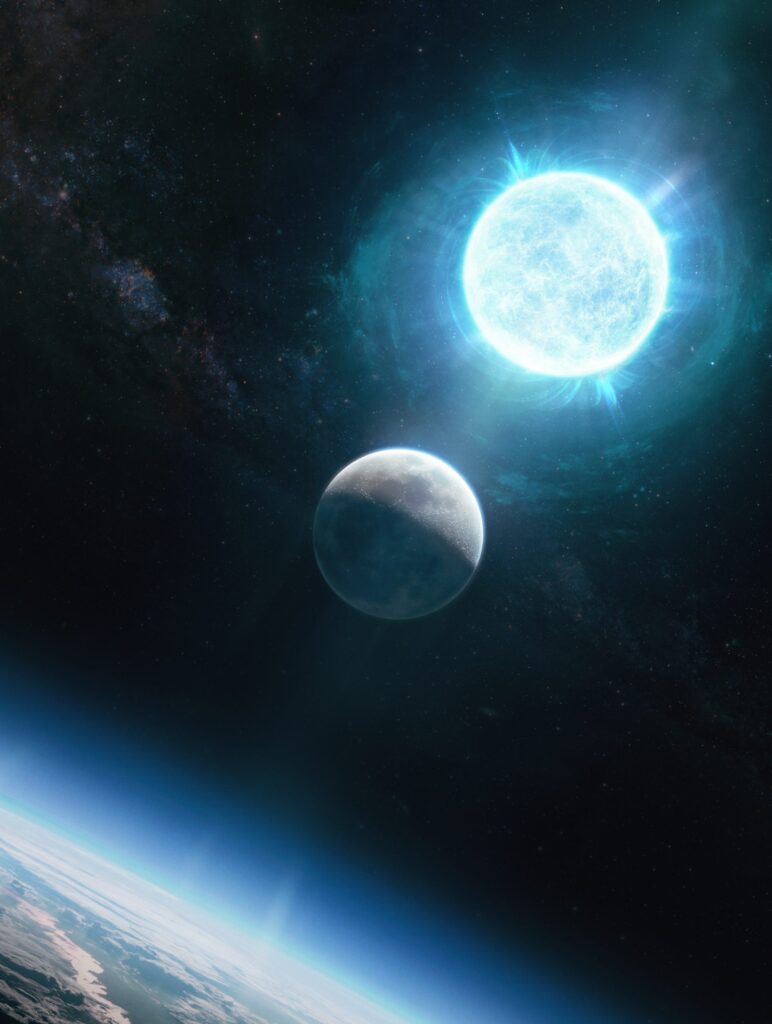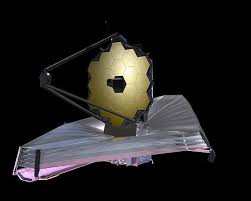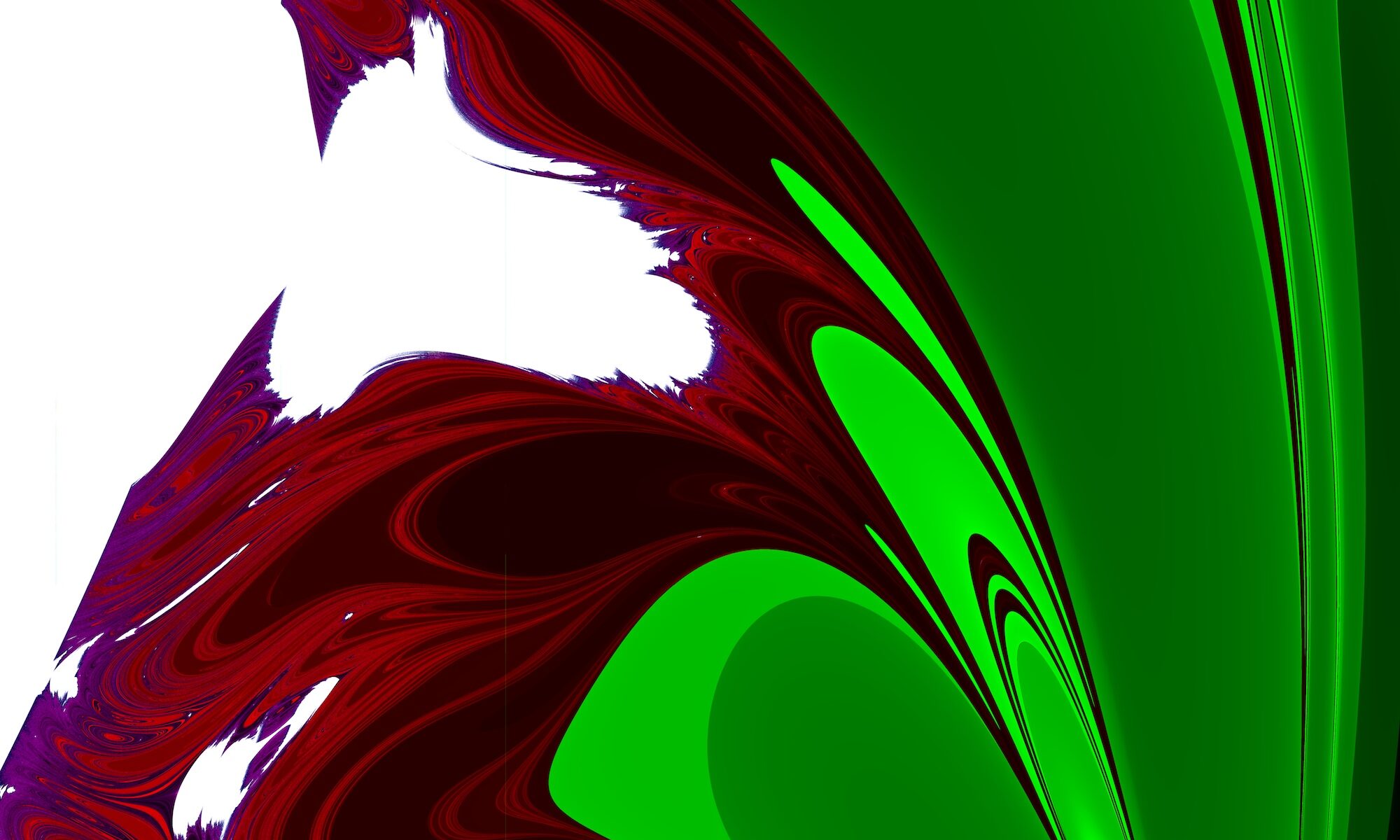We have completed a comprehensive study of massive white dwarfs with Gaia EDR3 (2110.00598). We can account for the numbers of white dwarfs between 0.95 and 1.15 solar masses with white dwarf cooling models and the rate of star formation in the Galaxy over the past few billion years. In fact, these massive white dwarfs provide an excellent method to trace star formation. The most massive and rare white dwarfs with masses greater than 1.15 solar masses appear to be form through a combination of mergers and the evolution of single stars with about equal numbers forming through these two avenues over the past few billion years.
Reuniting Clusters with Gaia EDR3
We developed a novel method to reconstruct and determine the ages of all the young clusters within 200 pc of the Sun using Gaia EDR3 including the Pleiades (2110.03837) and four other clusters (2110.04296). In the process we found two white dwarfs lost from the Pleiades (2110.03837) bringing the total number of Pleiad WDs to three and three from the Alpha Persei cluster (2110.09668). These are the most massive white dwarfs to have been associated with clusters using the unprecedentedly precise astrometry of Gaia.
References
The Smallest White Dwarf

Alumna Ilaria Caiazzo led a team based at Caltech and elsewhere to discover the smallest and therefore most massive white dwarf ever found. It is within about one percent of the maximum mass that a white dwarf can be, the Chandrasekhar mass. It rotates every seven minutes and harbours a magnetic field more than a billion times stronger than Earth’s (10.1038/s41586-021-03615-y).
References
JWST Proposal for 47 Tuc Selected!
Our JWST proposal (on ADS) to look for brown dwarfs and planetary disks was chosen for Cycle 1! Learn about our motivation for the proposal (1702.00091) and (1903.06769).
References
Carbon Stars as Standard Candles
Our second paper on carbon stars as standard candles has just been accepted (10.1093/mnras/staa3750). Check it out!
Here is the first paper too (10.1093/mnras/staa1346).
References
We Just Made the JWST Proposal Deadline

Our group led on four JWST proposals and contributed to another two to study objects from the size of Jupiter to entire galaxies, from a few kiloparsecs to nearly 100 Megaparsecs. We were working right up to the deadline!
X-ray Polarisation from X-ray Pulsars
We have just published two new papers on the X-ray polarisation from accreting X-ray pulsars: (10.1093/mnras/staa3428) and (10.1093/mnras/staa3429). These are the first new models in nearly forty years!
References
A Large Fraction of Intermediate Mass Stars Become Magnetic White Dwarfs
About ten to twenty percent of white dwarfs are strongly magnetized, and the origin of the magnetic field is a mystery. We have taken a big step toward solving this mystery with the discovery that more than half of stars with initial masses between five and seven times that of the Sun form magnetic white dwarfs through single-star evolution. This is the first evidence that neither mergers or mass transfer are needed to build the strong fields on white dwarfs. Check out our ApJ paper (10.3847/2041-8213/abb5f7)!
References
Denis Gonzalez Awarded CITA National Fellowship
Denis has been chosen for a CITA National Fellowship to work at UBC from 2020 to 2022. Congratulations Denis!

Ilaria Caiazzo Sucessfully Defends Her Thesis

Ilaria defended her thesis on QED and X-ray polarization from neutron stars and black holes. She’s off to Caltech as a Burke Fellow. Congratulations Ilaria!
